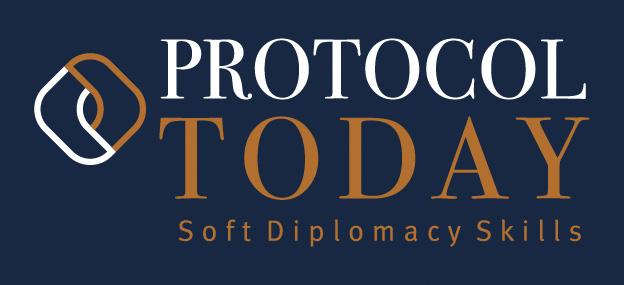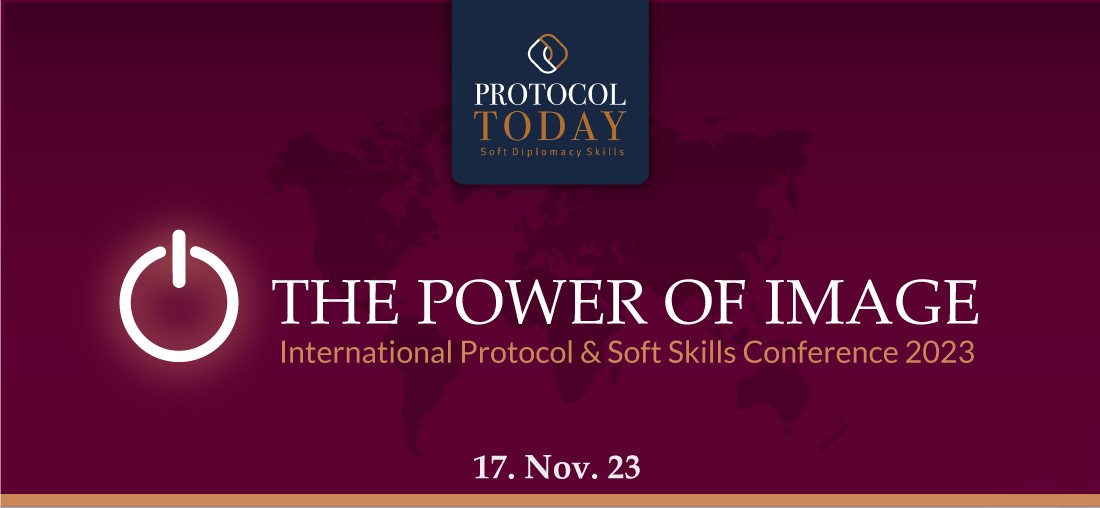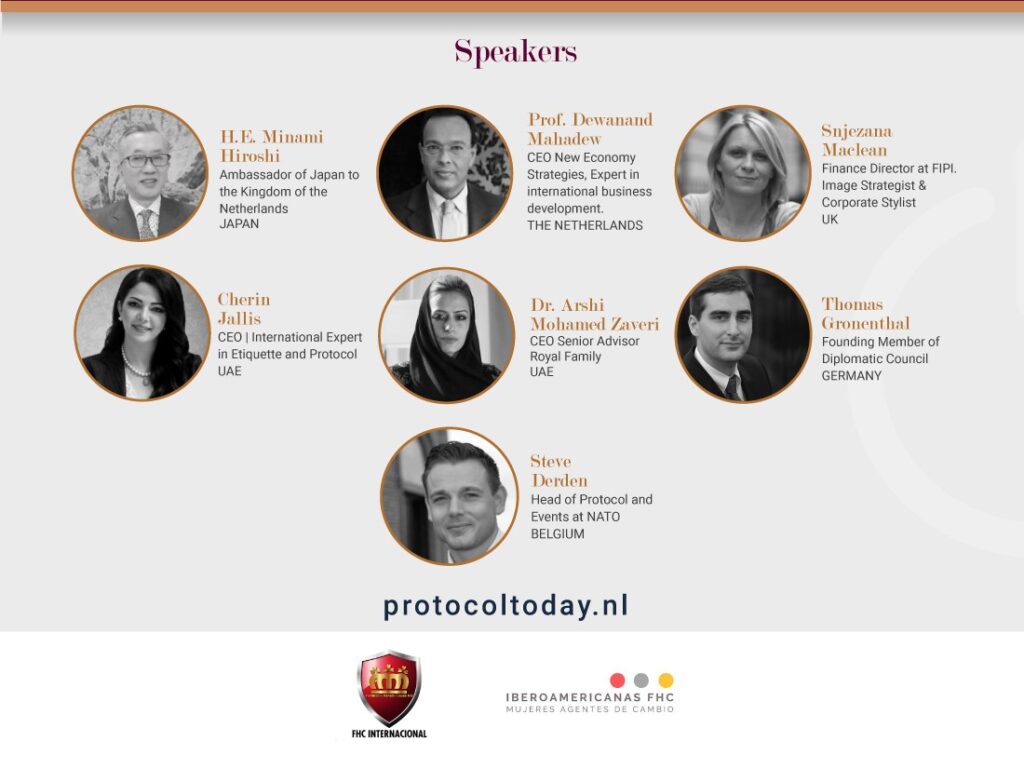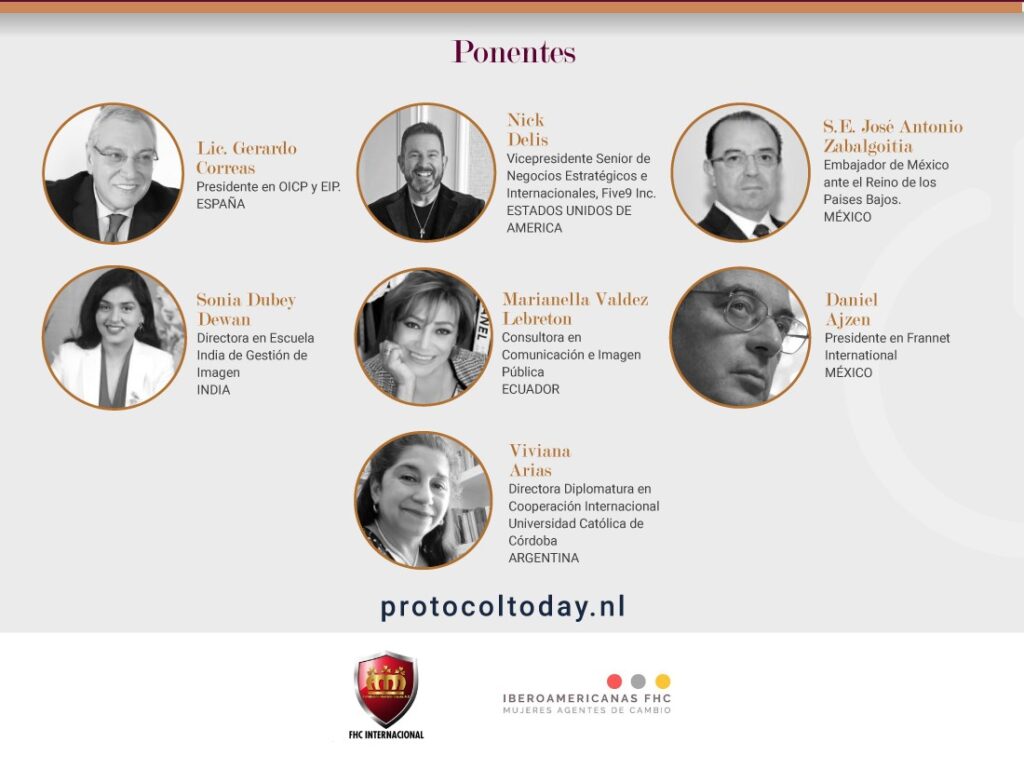Sometimes concepts are often confused, which I suggest are addressed exhaustively due to their significant connotations. In this sense, I believe it is pertinent to contribute to clarifying the issue regarding “corporate identity.” We can define it as the way to project oneself to the public and communicate its promise of value to the multiple interest groups of an organisation.
Groups tangible and intangible components. It is what the entity represents; it provides consumer enhancement, differentiates one business from others, and communicates its objectives, philosophy, activities and values. Its importance lies, among other things, in helping to retain your audience, improve customer awareness and increase competitive advantage. That is, it is your personality and is made up of three essential elements: mission, vision and values.
The “mission” indicates the business, the needs that its products and services cover, its market and its public image. It will be concrete, broad and realistic. According to expert Rafael Muñiz Gonzales, writer, international lecturer and strategic advisor, it is “the reason for the company’s existence. It conditions its present and future activities; it provides unity, a sense of direction and guidance in making strategic decisions.”
The “vision” is the dream about your very long-term positioning that excites shareholders, staff and suppliers. Detail what you want to be, your great endeavours, how you hope to achieve them, etc. For William Cuevas Amaya, sociologist and specialist in Public Administration, “It is the ability to see beyond, in time and space, and above others, it means visualising, seeing with the eyes of the imagination, in terms of the final result that is intended to be achieved.”
Finally, there are the “values” called to define organisational management’s beliefs and regulatory rules. They constitute its philosophy and the support of its culture, and, in addition, it is a central aspect to delimit the “corporate identity”. They specify the comparative advantages that will guide their development; they show their beliefs in a shared way; they stipulate the behaviour of their members; Their plans of action orient them.
So, I reiterate what was stated in my article “What are corporate values?” Their establishment provides internal and external qualities to help check if they are on the right track to achieve their goals. They have vital importance in the image of the business. These guiding principles must be expressed in your vision and mission and reflected in your policies. They represent a kind of “vertebral columns.”; It would be advisable for them to be clear, mandatory, easy to implement and explained in the induction and training processes. Its usefulness compromises all its members.”
There are the “corporate values” of the company, the employees and the product or service. The first are those adopted by the institution; the second corresponds to the conduct of its members; The third refers to the characteristics of your goods or services. In my opinion, they represent unavoidable pillars and are closely linked by the individual postulates of their managers. Ethical leadership is conclusive and has a downward effect on employees; it is impossible to ignore its influence on the knowledge of the organisation.
We ignore the “mission”, the “vision”, and the “values” as notions expressed only in the corporate memory, in social networks, in pompous speeches or paintings located in the offices. They must be evident in everyday life; They will be present in the interaction with all their audiences; They are an active part of the “DNA” of a corporation, guide and inspire your future. It is advisable to implement training programs aimed at your staff, to know their natural scope and subject their validity to constant evaluation.
However, there are countless situations in which we appreciate the inconsistency between them and their treatment of specific audiences. For example, companies are determined to privilege clients, strategic allies and authorities and, on the contrary, neglect their social environment. Here, there is an imbalance in the consistency of the “corporate identity”, destined to prevail over time to possess itself in the minds of its audiences. This must be expressed uninterruptedly in their actions.
It is unavoidable to establish some differences with the “corporate image”. According to what was stated by Javier Sánchez Galán, a graduate in Economics and Journalism from the Carlos III University of Madrid (Spain), “the conceptual limits between identity and corporate image are quite lax within marketing theory. It is usually understood that the image is a more practical application of a company’s identity; that is, it seeks to communicate the values of the identity to the outside optimally or successfully. For this reason, the concept of corporate identity is usually more conveniently related to that of the corporate brand.”
An institution or company’s purpose is to be present in the minds of its public. It is up to you to perform a performance similar to the expectations generated and will forge a feeling of closeness with the social environment. Let us remember what was stated by the Spanish Andrés Pérez Ortega: “If you focus on yourself, it leaves no trace. Your brand has meaning if you contribute to others.”
ADVERTISE YOUR COMPANY INTERNATIONALLY IN OUR MAGAZINE GLOBAL MINDSET
ProtocolToday Magazine
Share this article

Written by: Wilfredo Pérez, specialist in etiquette, and protocol
25 October 2023, Peru
Category: Business Protocol
Reference: WP251023BP















